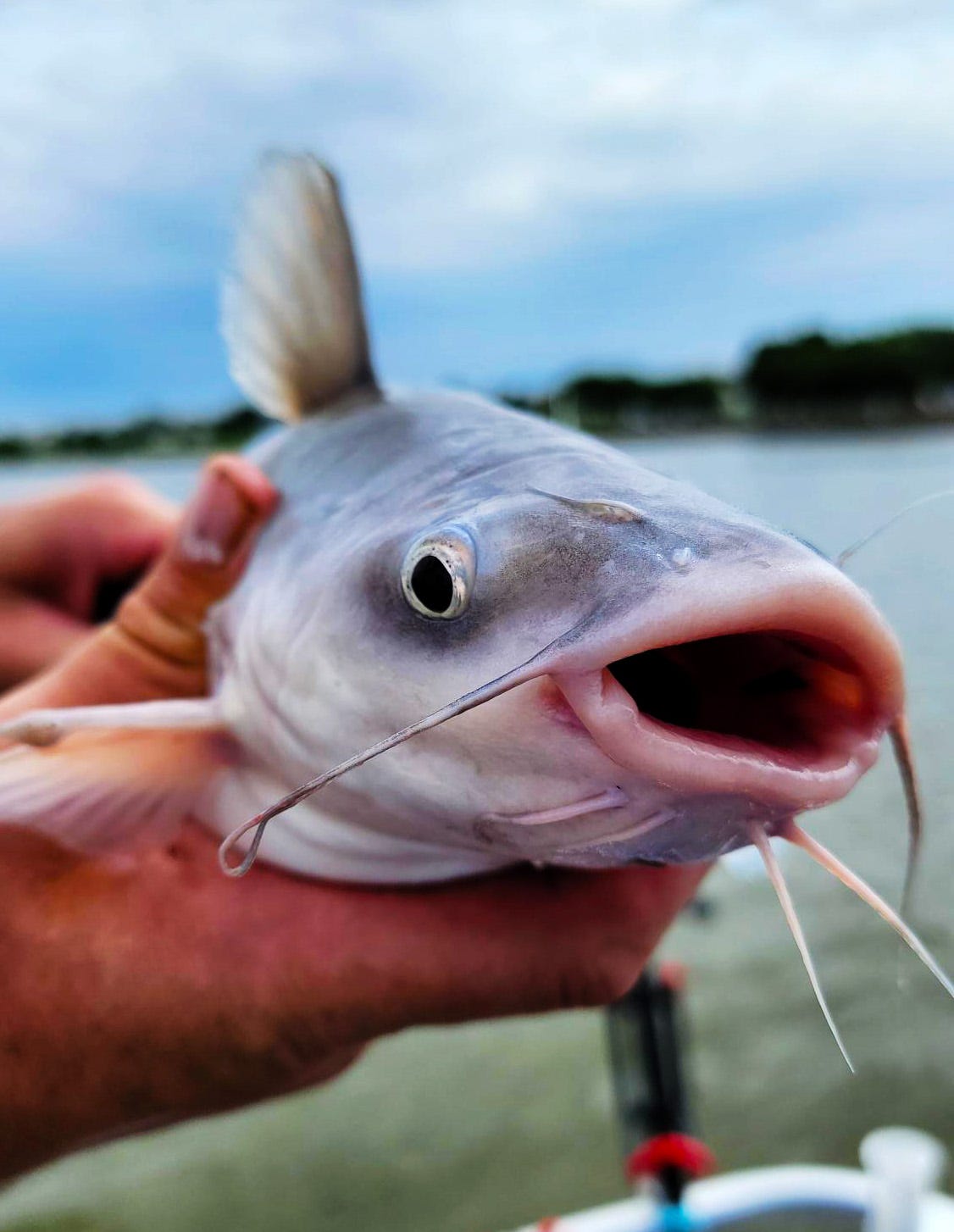When is an invasion not an invasion? When the “invader” fades into the environment and becomes more of an immigrant than a conqueror. I saw this firsthand while fishing along the Eastern Seaboard this past week.
Invasive and new species are a fact of life in this global world we live in, and plants or animals running amok have become sadly common. Cheat…


